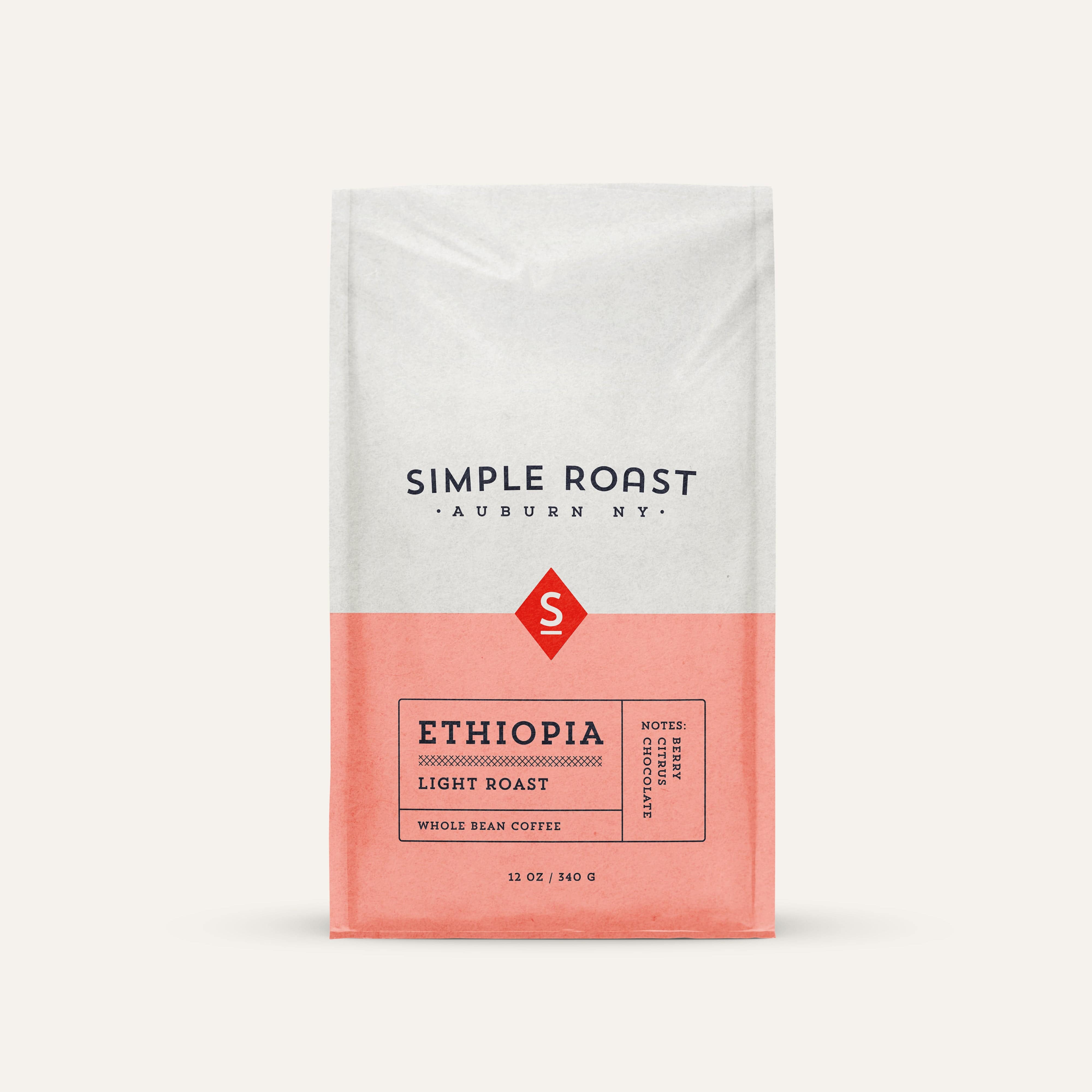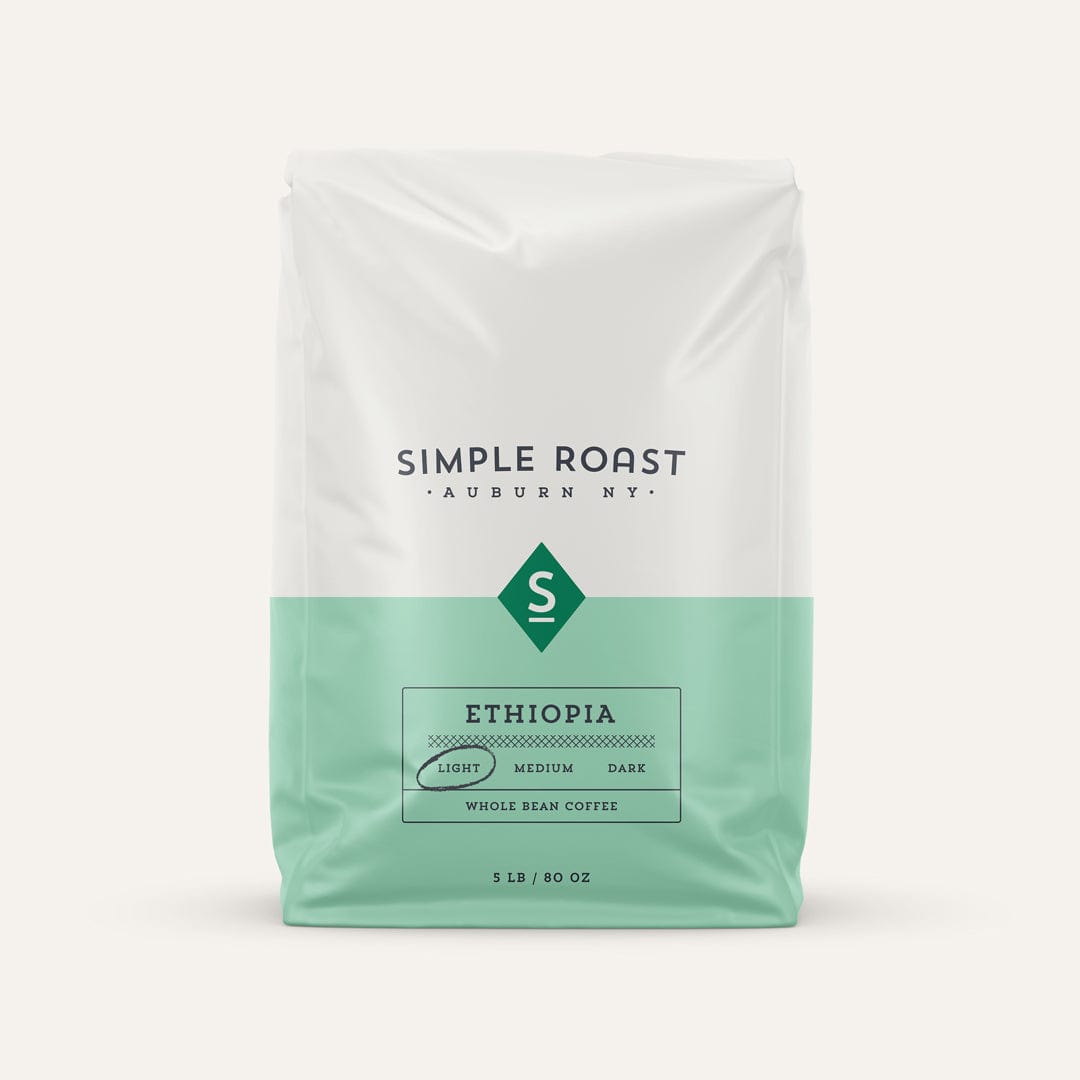Frequently Asked Questions
What is the flavor profile of G3 coffee?
The flavor profile of G3 coffee is characterized by vibrant acidity, floral notes, and fruity undertones, often featuring hints of berry and citrus, making it a delightful choice for coffee enthusiasts.
What is the sweetness level of Sidamo coffee?
The sweetness level of Sidamo coffee is notably high, characterized by fruity and floral notes that create a pleasant, naturally sweet flavor profile. This makes it a delightful choice for those who enjoy a sweeter coffee experience.
What are the fruity notes in Sidamo coffee?
The fruity notes in Sidamo coffee are characterized by vibrant flavors such as berry, citrus, and stone fruits, which contribute to its bright and lively profile, making it a delightful choice for coffee enthusiasts.
Is coffee grown in Sidama, Ethiopia?
Coffee is indeed grown in Sidama, Ethiopia. This region is renowned for its high-quality coffee beans, particularly the unique and flavorful varieties produced there.
How does Ethiopias climate affect Sidamo coffee?
Ethiopia's climate significantly influences Sidamo coffee by providing ideal growing conditions, including high altitudes, rich soil, and consistent rainfall, which enhance the beans' unique flavors and aromatic qualities.
What are the typical flavor profiles of Sidamo coffee?
The typical flavor profiles of Sidamo coffee are characterized by bright acidity, floral notes, and fruity undertones, often featuring flavors like berry, citrus, and chocolate, which create a complex and delightful tasting experience.
How does the berry flavor manifest in Sidamo coffee?
The berry flavor in Sidamo coffee manifests as vibrant notes of ripe fruits, often resembling blueberries and strawberries, which are prominent in both aroma and taste. This fruity characteristic is enhanced by the coffee's natural processing method.
What are the main cupping notes of Sidamo coffee?
The main cupping notes of Sidamo coffee are bright acidity, floral undertones, and fruity flavors, often featuring hints of citrus and berries, which create a complex and vibrant tasting experience.
How does natural processing impact Sidamo coffee flavor?
Natural processing enhances Sidamo coffee's flavor by allowing the beans to absorb sugars and fruity notes from the cherry during drying. This results in a complex, vibrant profile with pronounced berry and wine-like characteristics, creating a unique tasting experience.
What is the mouthfeel of typical Sidamo coffee?
The mouthfeel of typical Sidamo coffee is often described as smooth and silky, with a medium body that provides a pleasant, lingering finish. This characteristic enhances the overall tasting experience of the coffee.
How does the citrus flavor appear in Sidamo coffee?
The citrus flavor in Sidamo coffee is prominent due to the unique growing conditions and processing methods in the Sidamo region of Ethiopia, which enhance its bright acidity and fruity notes, often reminiscent of lemon and orange.
What brewing methods enhance G3 coffee flavor?
The brewing methods that enhance G3 coffee flavor include pour-over, French press, and Aeropress. These techniques highlight the coffee's natural sweetness and fruity notes, delivering a rich and aromatic cup.
How does roast level affect Sidamo coffee?
The roast level significantly affects Sidamo coffee's flavor profile and aroma. Lighter roasts preserve the coffee's fruity and floral notes, while darker roasts enhance boldness and chocolatey undertones, altering the overall tasting experience.
What distinguishes G3 coffee from other varieties?
G3 coffee is distinguished by its superior quality, which is achieved through meticulous sourcing and processing methods. This variety offers unique flavor profiles and consistency, setting it apart from other coffee types.
What is the aroma profile of Sidamo coffee?
The aroma profile of Sidamo coffee is characterized by bright floral notes, complemented by hints of citrus and berry. This unique combination creates a fragrant and inviting experience, making it a favorite among coffee enthusiasts.
How does altitude influence Sidamo coffee quality?
Altitude significantly influences Sidamo coffee quality by affecting the bean's growth rate and flavor profile. Higher elevations typically yield denser beans with more complex flavors, resulting in a superior taste experience.
What are the best pairings for G3 coffee?
The best pairings for G3 coffee include light pastries, chocolate desserts, and fruity breakfast dishes, which complement its natural sweetness and vibrant flavors. Enjoying it alongside a mild cheese can also enhance the overall tasting experience.
How is Sidamo coffee processed for flavor?
The processing of Sidamo coffee significantly enhances its flavor. Typically, it is processed using the natural method, where ripe cherries are dried in the sun, allowing the beans to absorb the sweetness and fruity notes from the fruit, resulting in a vibrant, complex flavor profile.
What tasting notes are unique to G3 coffee?
The unique tasting notes of G3 coffee include vibrant fruitiness, floral undertones, and a balanced acidity, often showcasing flavors like berries, citrus, and jasmine, making it a distinctive choice for coffee enthusiasts.
How does Sidamo coffee compare to other regions?
Sidamo coffee is renowned for its vibrant acidity and fruity flavors, often distinguishing it from coffees from other regions, which may have more earthy or nutty profiles. Its unique characteristics are attributed to the high-altitude growing conditions and diverse microclimates in Ethiopia.
What is the ideal brewing temperature for G3 coffee?
The ideal brewing temperature for G3 coffee is between 195°F to 205°F (90°C to 96°C). This range helps to extract the rich flavors and aromas, ensuring a balanced and enjoyable cup.
What are the health benefits of Sidamo coffee?
The health benefits of Sidamo coffee include its rich antioxidant content, which may help reduce inflammation and improve heart health. Additionally, it can enhance mental alertness and boost energy levels, making it a great choice for coffee lovers.
How does the drying method affect Sidamo coffee?
The drying method significantly affects Sidamo coffee's flavor profile and aroma. Natural drying enhances fruity and floral notes, while washed processing results in a cleaner, brighter cup, showcasing the coffee's inherent characteristics.
What flavor notes are common in natural Sidamo coffee?
The flavor notes common in natural Sidamo coffee include vibrant fruitiness, often with hints of blueberry and strawberry, along with floral undertones and a sweet, wine-like finish.
How does the harvest season impact Sidamo coffee?
The harvest season significantly impacts Sidamo coffee by influencing its flavor profile and quality. During the optimal harvest period, beans are picked at their peak ripeness, resulting in a more vibrant and complex taste.
What is the body of G3 coffee like?
The body of G3 coffee is characterized by a medium to full-bodied texture, offering a rich and satisfying mouthfeel that enhances its complex flavor profile.
How can I enhance the sweetness of Sidamo coffee?
Enhancing the sweetness of Sidamo coffee can be achieved by adjusting the brewing temperature to around 200°F, using a coarser grind, and experimenting with different brewing methods like pour-over or French press to highlight its natural fruity notes.
What are the common defects in Sidamo coffee?
Common defects in Sidamo coffee include overripe beans, underdeveloped beans, and those affected by pests or diseases. These issues can lead to off-flavors and inconsistencies in quality, impacting the overall taste experience.
How does processing method affect G3 coffee taste?
The processing method significantly influences the taste of G3 coffee. For instance, natural processing enhances fruity and vibrant flavors, while washed processing tends to highlight clarity and acidity, ultimately shaping the overall tasting experience.
What is the aftertaste of typical Sidamo coffee?
The aftertaste of typical Sidamo coffee is often described as bright and fruity, with hints of floral notes and a smooth, lingering finish that leaves a pleasant sweetness on the palate.








